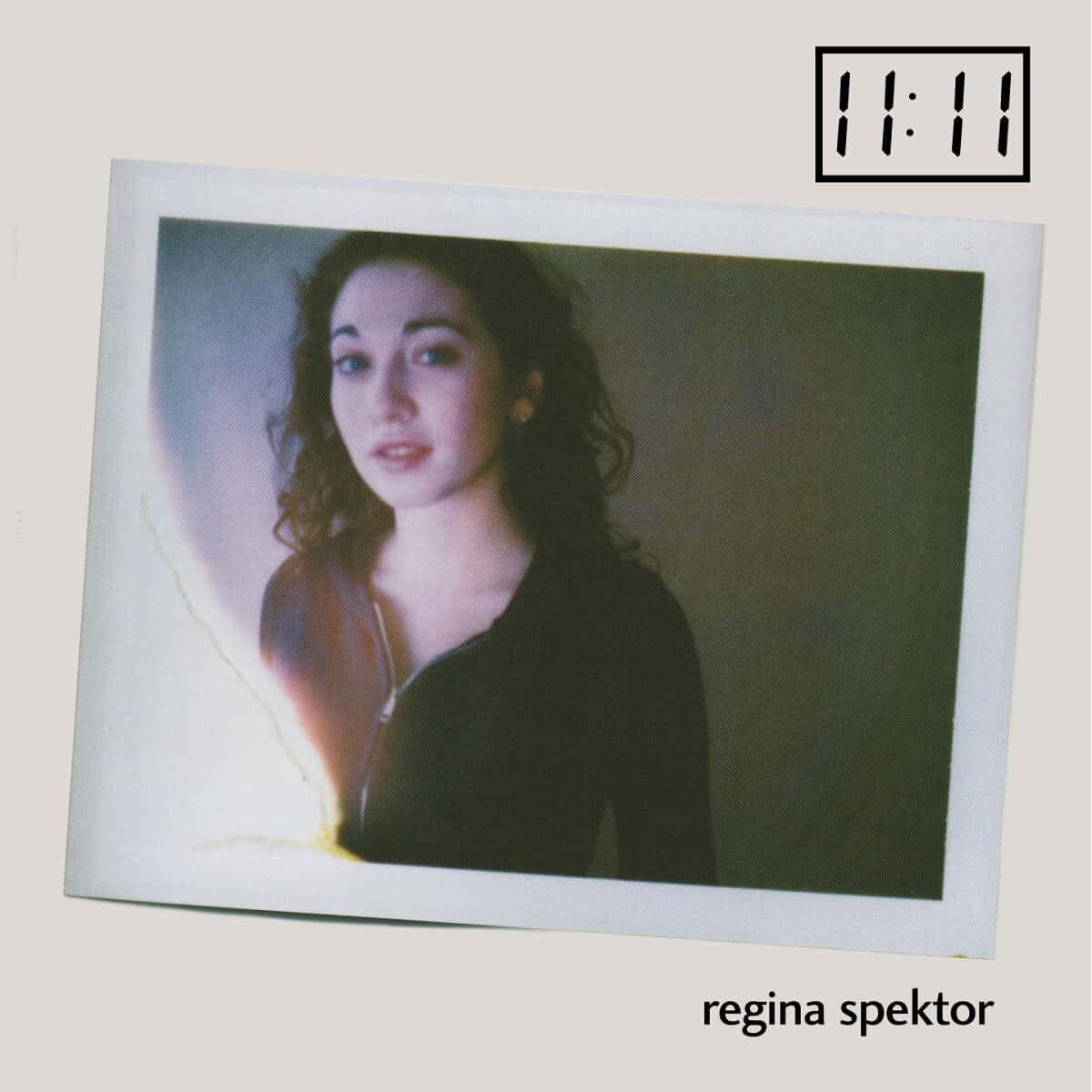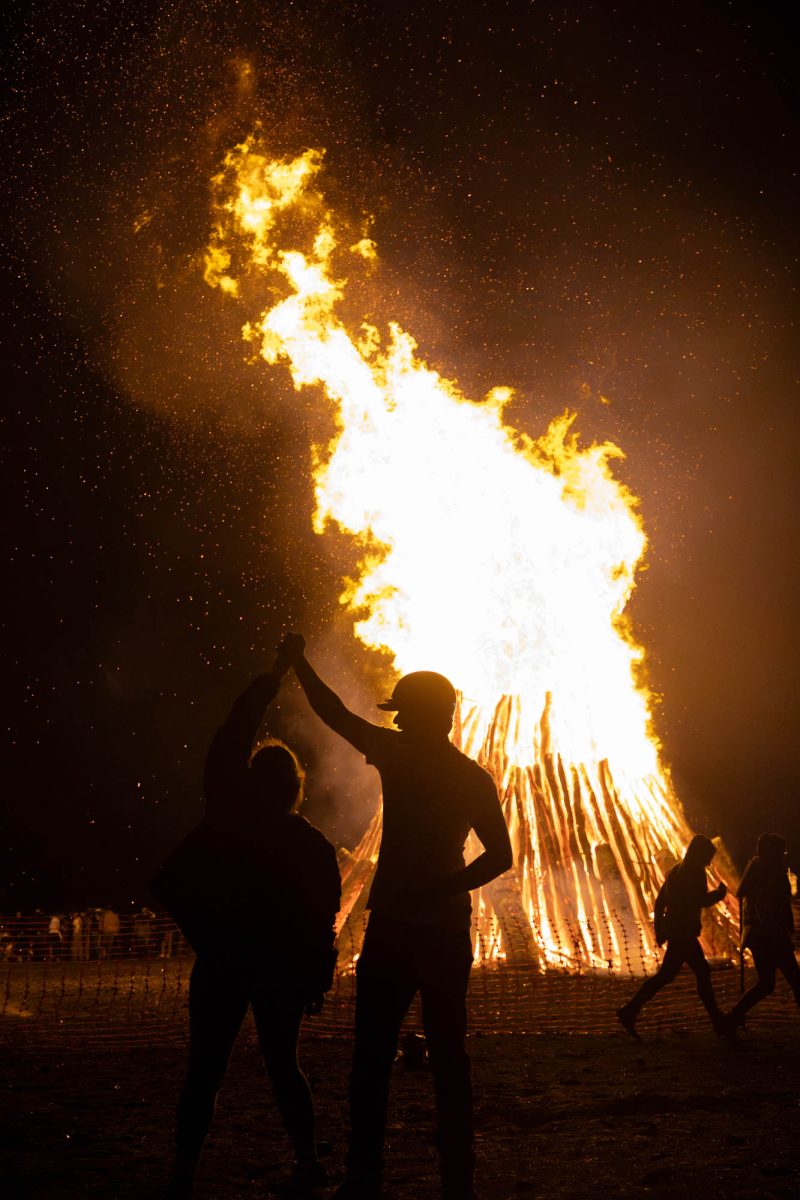In previous criticisms, two albums would accompany the story to give more context and content to the review. “11:11,” however, deserves its own independent piece. In terms of my own personal standards, a piece of art excels within its field when it takes the art recipient to a greater plane of creativity with its given presentation. For paintings, it can form connections to history, emotions or personal memories, which one can allude to an individual or universal level. For music, it’s when the piece gives you more than just emotion, but a setting as well as fleshing out its world and characters with its unique factors of tone, sound and lyricism.
Regina Spektor’s debut album “11:11,” released in 2001, is certainly not the most outlandish album, but is definitely the best executed in terms of the alternative genre. The album isn’t placed under the alternative genre because of lack of consideration but rather it sets the standard for alternative music. Spektor’s bold move to premiere her music career with an album that is so out of the ordinary set the style for who Spektor is and her ambitions for future projects.
Immigrating from Soviet Russia to the Bronx with her Jewish family at just nine years old, the whole album is essentially a love letter to “The Big Apple,” sealed with a kiss of that New York charm. Heavily influenced by jazz and blues, the music staples of New York City, the album features Spektor’s signature piano as well as a guitar and upright bass.
Sonically speaking, the album is nothing special, really. It is exactly what a 2001 self-released alternative album would sound like. If best described, it is bare bones and plywood duct-taped together in the shape of an abstract statue found in an NYU art major’s cheap studio — which is what makes it so great. Its ability to set a distinct tone and mold its imagery without being unnecessarily complex gives this album its acclaimed reputation.
If given the opportunity to rework the album with better production and recording equipment, then it could possibly be even better, but perhaps it’s this amateur style that makes it great to begin with. Nevertheless, all factors that this album has, and even lacks, makes it worthy of its accolades and acclamation.
Outstanding tracks:
-
“Love Affair”: The beginning track of the record, perfectly setting the tone and pace of the entire project. It is articulated with a repeating piano melody and cynical lyrics that carry a greater emotional value than what is presented.
-
“Buildings”: A sadly disturbing tale of two lovers trying their best in a failing relationship. The situation the song paints throughout the verses sticks with the listener from start to finish.
-
“Pavlov’s Daughter”: An eight minute track that entices its listener throughout its duration. It constantly changes tone, beat and expression, keeping the whole song fresh.
-
“Braille”: A classic, melancholic piano ballad that talks about everything, nothing and family at the same time. Its trivial lyrics make sense when factoring the song’s sound and tone.
With modest production yet eccentric execution, the album drives its listeners into a somewhat nostalgic emotional state. With its digital re-release coming by the end of August, along with its first time vinyl box set release, this album is a must-listen for all alternative music fans.
















